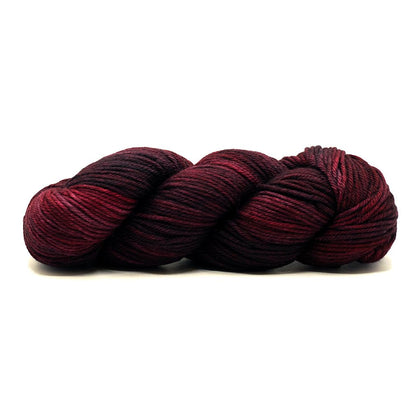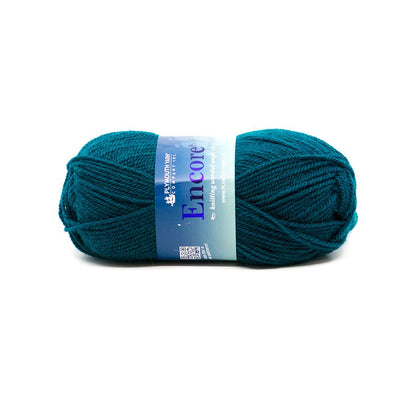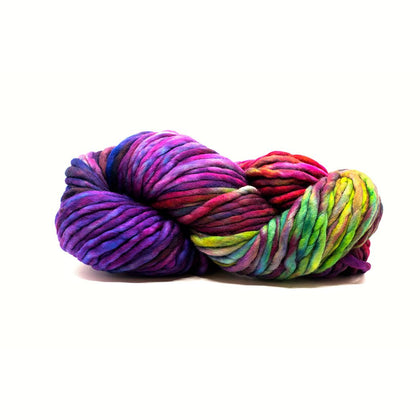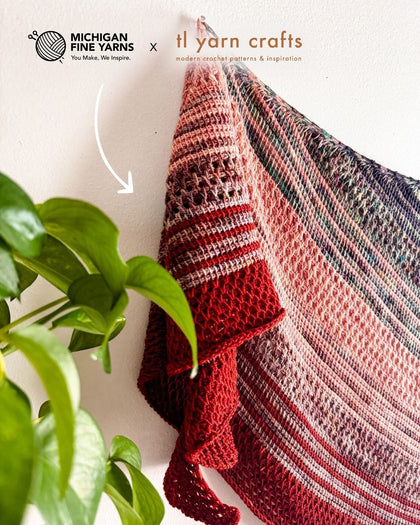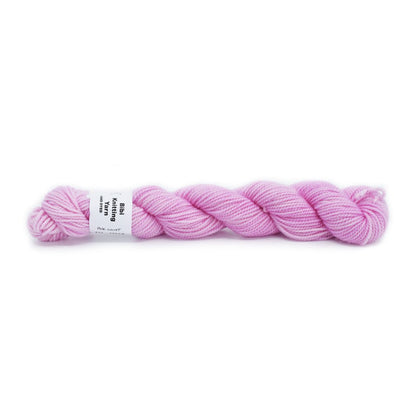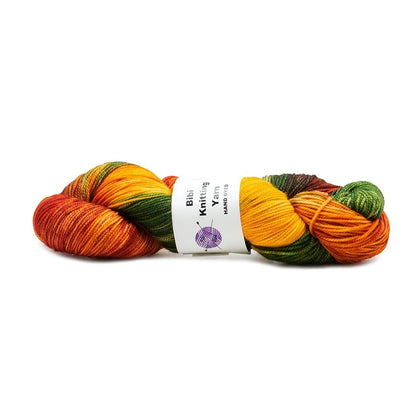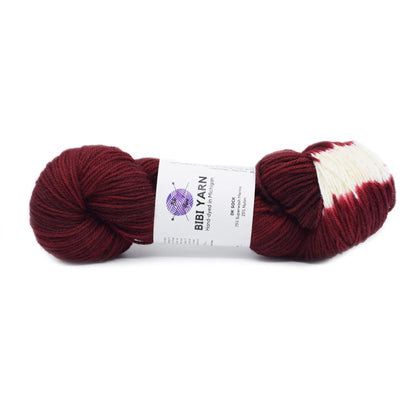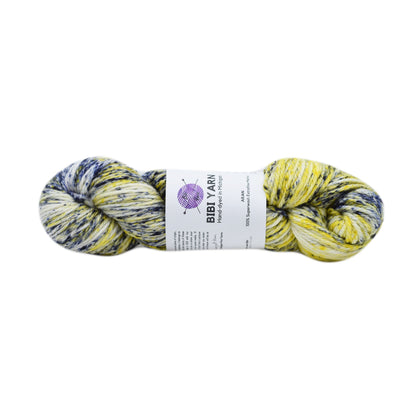Stranded Colorwork 101: Understanding Color Dominance

Stranded colorwork knitting is traditional, stunning and looks so intricate! If you were considering starting a Yell sweater by Marie Wallin (we shared this pattern last week), or if you’ve ever done colorwork previously, no doubt you want the extra effort to stand out and be as beautiful as possible. You’ve probably heard about keeping your tension even so the stitches don’t pucker, but did you realize that the way you position the yarn along the wrong side of your fabric can affect the look of your stitches? This is called color dominance and we’ve shared the basics on understanding and implementing this concept below!
As you move your yarn across the back of the fabric, one color has to be held above the other. The color held lower will create slightly larger stitches, in part because it has a shorter distance to travel and the tension is naturally looser. The yarn traveling above and moving a hair farther will produce tighter stitches making them appear slightly smaller on the right side.
Understanding color dominance allows a knitter to determine which color will act as the background and which will stand out in the foreground. If you are working a sweater, for example, and there is a pattern around the yoke, it is likely that you want the contrast color of the pattern to stand out from the main body color of the sweater. To do this, you’d hold the contrast color under lower or under the main color.
In the images below, we show what this “under/over” concept looks like. In the left hand image, the purple (darker) yarn is held above the white yarn as it travels into the next stitch. In the right hand image, the purple yarn moves under the white yarn, making it the dominant color. Regardless of how you hold or tension your yarn (one hand, two hands, English, Continental, etc.) the lower yarn will be to the left of the upper yarn.


This may seem like a very small detail, but it can have a pretty large impact on the final result of a pattern. Below is a swatch with a color work motif. The bottom half of the swatch - or the bottom three rows of the motif - was knit with the purple yarn held lower, making the darker stitches dominant. The top half of the swatch - or the top three rows of the motif - was knit with the white yarn held lower. (This may be even more evident from the wrong side, shown at right.) Even in this small sample, there is a noticeable difference. Imagining that over a larger project like a sweater and the impact is that much greater.


Now, both halves were knit correctly and look just fine. Which you should use is simply personal preference. That said, for a repetitive or all-over motif such as those found in the Yell sweater, you’ll want to be consistent with how you’re positioning the yarns or the difference will draw the eye and look out of place. There may be times in a pattern, however, when you’ll want to switch up which color is dominant to create different looks. We will always recommend swatching to ensure you are satisfied with the final outcome, but have fun playing with this technique! We believe you’ll be more confident and see an immediate difference in your colorwork!






